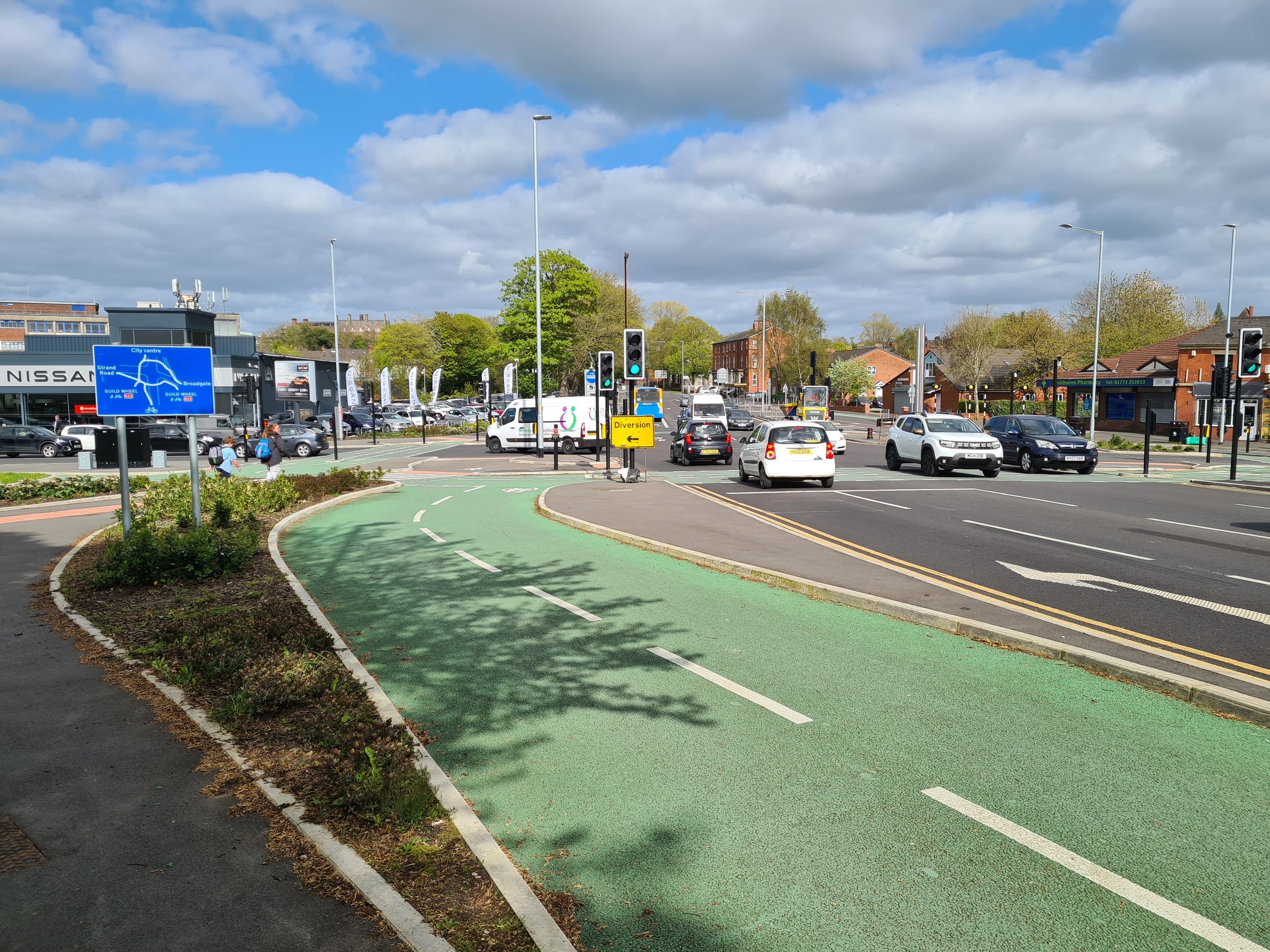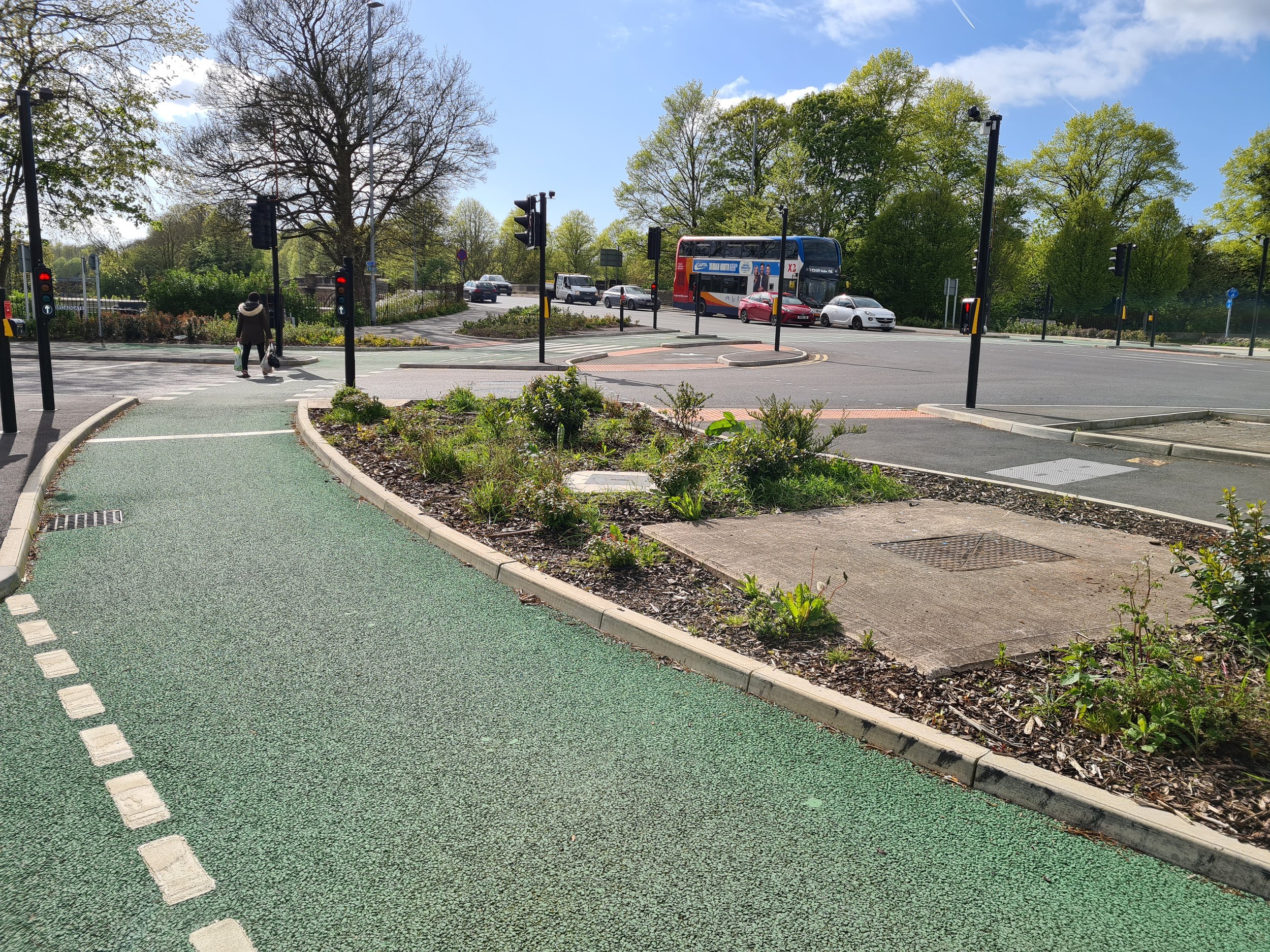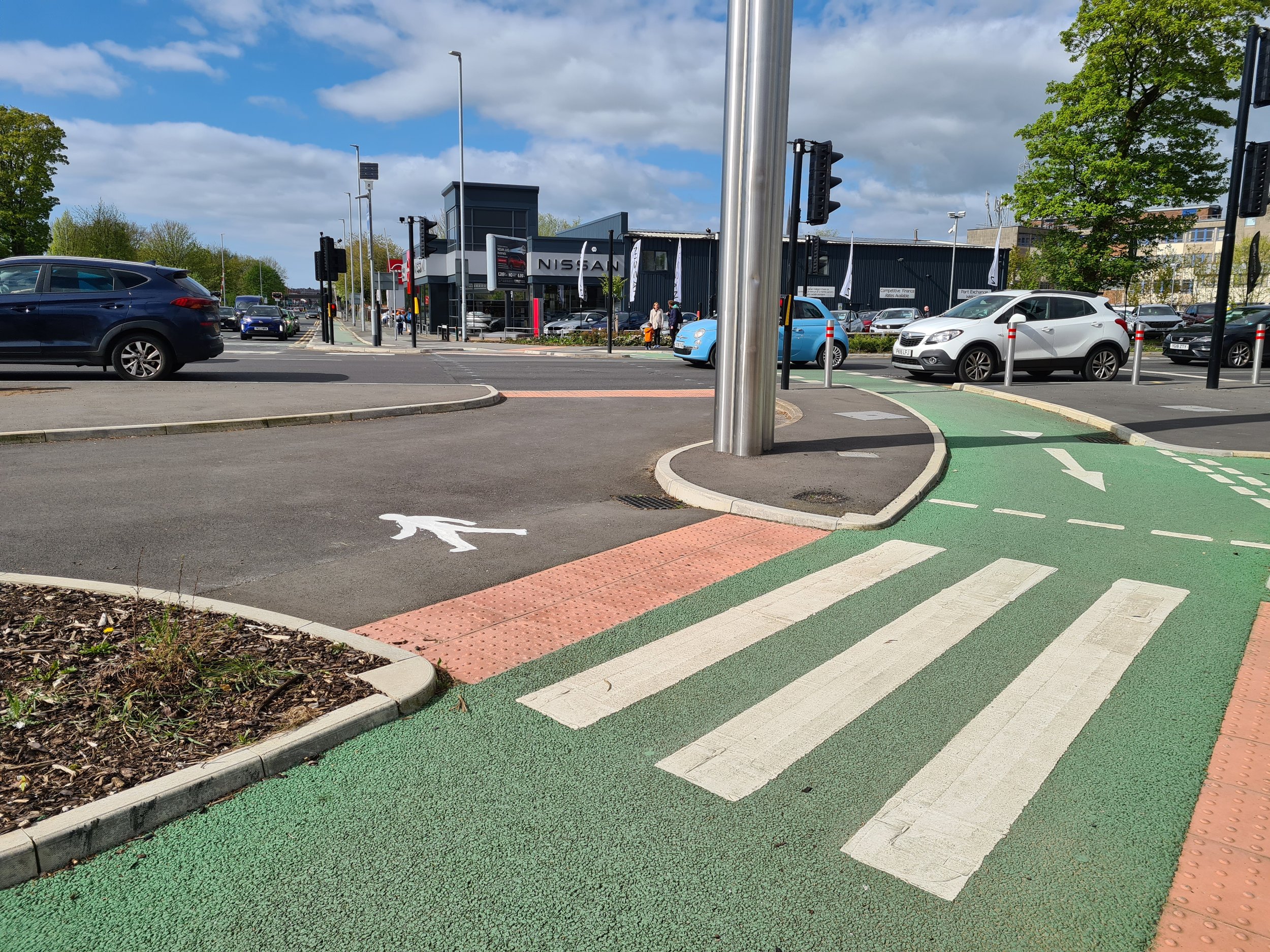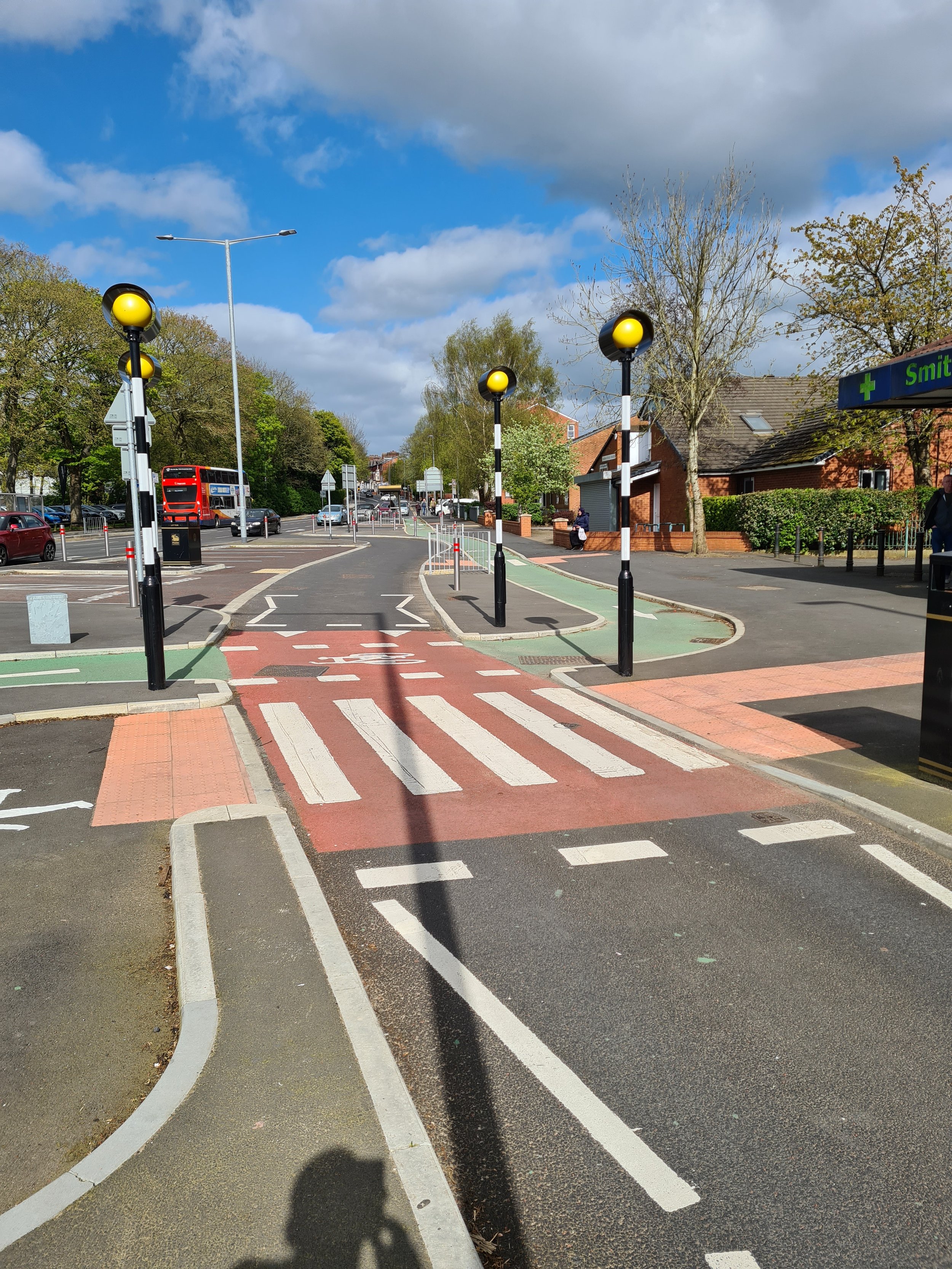Lancashire County Council Hustings
/There was a hustings held for the main parties last week in advance of the County Council elections at the beginning of May. There were representatives of the five main parties Conservative, Labour, Liberal Democrat, Green, and Reform. The event was held at a location that was accessed from a motorway junction, so having a car was virtually an entry requirement of actually getting there in the first place, although it was apparently possible to watch online the questions that were put forward were all from people attending in person.
Please bear in mind that my political views are generally fairly moderate/liberal and that would usually be my default vote if there wasn’t soemthing worthwhile to actually vote for, but when voting I would prefer to vote for somebody with a track record of actually achieving stuff that I might feel is worth voting for (unfortunately this has yet to be a possibility in practice). As I’m mostly motivated by environmental stuff I consider myself to be a potential Green voter, but I won’t vote for either NIMBYism or Socialism, and I won’t vote for somebody who has a track record of not delivering the stuff that matters to me. The Green spokesperson has been my County Councillor for the past term, and I consider them to be ineffective, or at least not interested in, or motivated by any of the stuff that I want from the council however closely this might align with their party policies. I have tried to keep this as objective as possible, but please bear this all in mind when when reading what follows.
There were two issues discussed that are of direct relevance for cycle campaigning, one on repairing potholes in roads, and one on urban transport. Other issues raised were social care, which is relevant to almost all other issues because the cost consumes the vast majority of the council budget, and devolution and the future of Lancashire County Council. The Conservative Councillor had responsibility for active travel (the position might have been something like Environment, Transport, and Active Travel).
On the potholes issue both the Conservative and Labour spokespeople did mention pavements in their opening lines on the issue, but there certainly wasn’t any suggestion that there would be any interest in actually repairing any of them. the Green spokesperson did mention that if you cycle you also have to use the roads. However, overall this was a chance for the parties to try to woo drivers and I’m sure that they all gave it their best shot. From where I’m sitting it didn’t look like a great strategy for either Rishi Sunak or Kier Starmer at the last general election, but hey cars are basically what politicians do and it will always be their default option, or at least it has for longer than I’ve been able to vote. Basically the different parties are all offering the same thing here, bt whether or not they can actually deliver remains to be seen. Nobody mentioned the longstanding freeze on fuel duty, or decline in revenue from VED, that have been reducing the available funding that could potentially be allocated towards roads, or the increase in vehicle weights or traffic volumes, or prioritisation of resource in fixing the problem. I don’t recall anyone suggesting any specific targets based on performance, it was all based on money potentially allocated towards it (which clearly wouldn’t be funding other stuff), although several mentioned efficiency.
On the urban transport question, which specifically mentioned people sometimes feeling that they have no viable alternative to driving even for journeys of no more than a mile, and air pollution, all of the parties were similarly unified. Only the Labour spokesperson suggested that nobody shoudl feel as though they are foreced into driving for very short journeys, but didn’t offer any suggestion of a solution to it. The Conservative spokesperson said that nobody should be forced not to drive, which is quite fair enough although it is probably frequently interpreted as “no car journey should ever be any less convenient than it is now”. All of the parties suggested exactly the same solution to the urban transport problem, which has troubled councils the country wide for generations without any apparent soluton, and that solution is buses. The Reform spokesperson was the only one to suggest that buses might not be a panacea but it sounded as though cars were the only alternative they would consider. To be honest it sounded like a bunch of people who travel by car a lot and certainly never take the bus thinking that if people ever wanted another option than it would have to use the same transport system as cars because that’s the only one they are bothered about, even though it is clearly already on it’s knees (see above discussion on potholes). None of them managed to mention either walking or cycling, which really didn’t surprise me, but equally none of them seemed to have realised that if you want to take the bus then you need to get both from your starting point to the bus stop, and from the bus stop to your final destination and that as such bus journeys are actually always a three stage trip in which two of those stages are usually going to involve walking. Similarly, none of them bothered to mention that lots of existing bus services are underused, or why that might be, or how they might fund more buses for underused services. The Liberal Democrat spokesperson did mention lowering the price cap, presumably as though this was the only reason why people don’t currently use buses. Personally I don’t use buses because they are really inconvenient for the vast majority of routes and I could make most journeys at least as quickly by bike or e-bike, even if they are quite a long way. For me one of the key issues here is that bus journeys are never door to door, their very nature is door to bus stop to bus stop to door and therefore don’t have the same level of convenience of walking, cycling, or driving. However, from the potential user perspective buses are also limited by the routes that they serve and their timetables as well as a variety of other issues that generally aren’t true for pretty much any kind of private transport. It was notably dissapointing that nobody suggested that perhaps there ought to be a diverse range of transport options, although it’s a system that seesm to work pretty well in London. It’s perhaps worth noting here that according to the 2001 census less than 20% of the population of Lancashire lived in rural areas.
Overall I thought that it was mostly just the kind of stuff that politicians generally spout, although on the issue of devolution the Liberal Democrat spokesperson did mention working with others, pragmatism, and accepting the best available option and accepting that although nothing is ever going to be perfect the important thing is to make things better. However, I have no idea whether this is a general party approach or more of a personal approach for this councillor.
Overall, despite some of the parties trying to promote themselves as offering something different there really didn’t seem to be enough space to fit a blue cigarette paper between any of them at least in terms of what they were offering, and personally as somebody who isn’t especially enamoured by the status quo I wouldn’t really see the point in voting for any of them. Everybody is basically just offering what the Tories have already been giving us for years already, no matter how much they might like to say that when the Tories are doing it they’re doing the wrong thing.



































